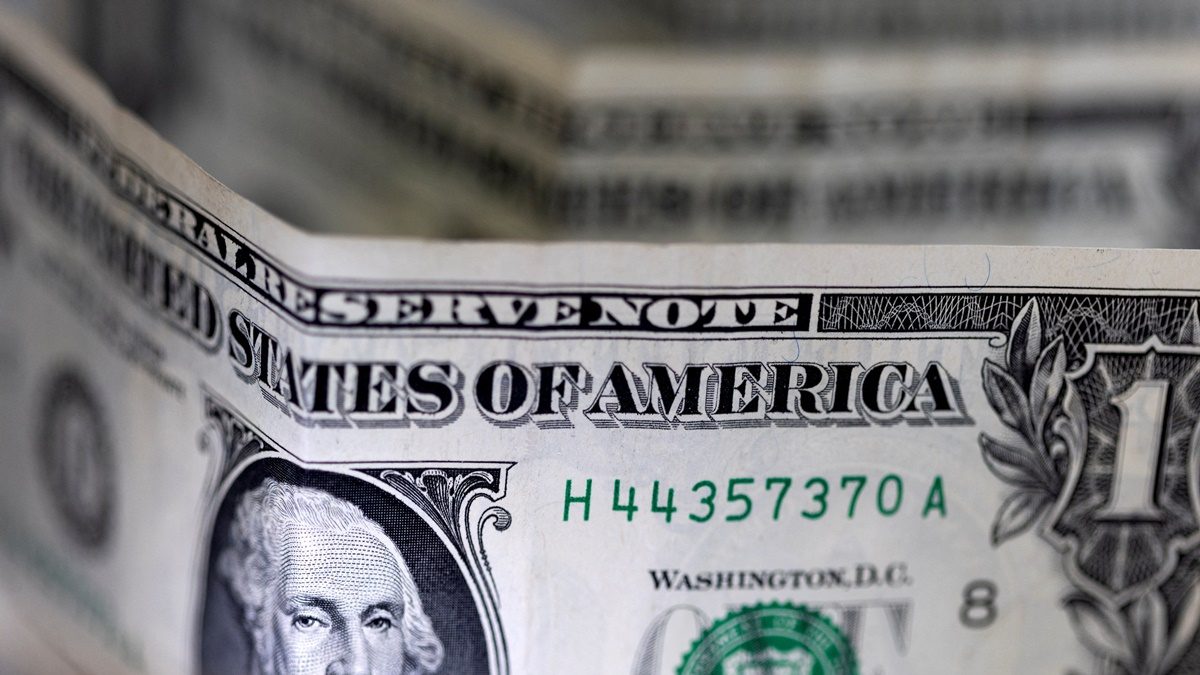- April 27, 2023
De-Dollarisation Trend: Why It Matters And What Investors Should Know?

22 central banks have their currencies pegged to the US dollar. (Representative image/Reuters)
De-dollarisation basically means reducing the dependence on the US dollar as a medium of exchange or reserve currency.
Argentina on Wednesday April 26, announced that it will pay in yuan for Chinese imports instead of the US dollar. This has brought the term de-dollarisation into the spotlight again. As the world debates the merits and demerits of de-dollarisation, let us look at what the term means, and its possible impacts on the world economy.
What is de-dollarisation?
De-dollarisation basically means reducing the dependence on the US dollar as a medium of exchange or reserve currency. The US dollar has dominated the world economy for decades as all central banks, treasuries, and major firms in the world keep a big amount of their foreign exchange holdings in US dollars.
Now, more and more developing countries are calling for a reduction in the usage of the currency.
Why is de-dollarisation in the news over the past few months?
Since the start of the Russia-Ukraine War, the discussion around de-dollarisation has reached its zenith.
Since Russia has been cut off from the international dollar-trading systems due to sanctions, many countries have been looking for alternative payment options.
India is also among the countries who have been trying to settle international transactions in local currency. The Rupee trade settlement is already being used by 19 countries, as reported by Fortune India.
Bangladesh became the latest country to join in the Rupee trade settlement system. Banks from countries like Malaysia, Russia, New Zealand and Singapore have already been allowed to trade under the system.
In another move, the BRICS grouping (Brazil, Russia, India, China and South Africa) discussed increased cooperation, including a common currency for trade amongst themselves, in March this year.
Is de-dollarisation feasible?
Over-dependence on the US dollar as a reserve currency has its pitfalls, as was seen in the coronavirus pandemic. The US Federal Reserve printed dollars at an unprecedented rate, causing inflation and global imbalances.
The pandemic and the economic crisis in places like Sri Lanka and Lebanon have led to countries taking proactive steps to preserve their foreign currency reserves. One such move is de-dollarisation.
But the US dollar’s dominance in the global arena is tough to dislodge. It is the de facto currency of East Timor, Ecuador, El Salvador, Palau, the Marshall Islands, Panama and the Federated States of Micronesia, according to the American Institute for Economic Research.
Apart from that, 22 central banks have their currencies pegged to the US dollar. The lack of consensus over which currencies to use for international transactions is also something to factor in.
All in all, the US dollar will likely maintain its dominance in the global economy over the coming years.
Read all the Latest Business News, Tax News and Stock Market Updates here





